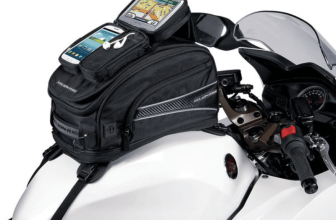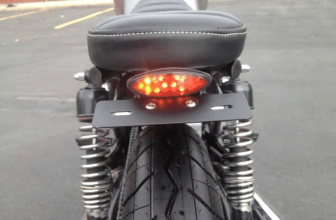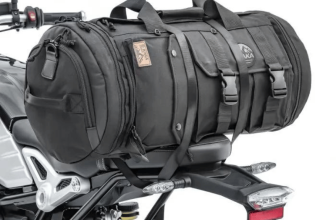Why We Should Avoid Using Horns On Urban Rides?
Certainly, let’s delve into the dynamics of employing horns on public roads, especially in urban settings. In the realm of street-legal motor vehicles, motorcycles are equipped with a standard set of features like headlamps, turn signals, ODO consoles, registration plate hangers, and tail lamps. However, in the contemporary era, there is a social discouragement of horn usage on public roads across many countries. This practice is not just a societal norm; it’s a prudent one.
Now, let’s explore the reasons behind this cultural shift and examine why refraining from using horns in urban rides is considered a responsible choice. Join me, Saleh, as we unravel the necessity of horns as a street-legal feature and how their judicious use can positively impact our surroundings. We will navigate through the nuances of horn usage on busy public roads and understand why minimizing reliance on this audible signal system is important not only in urban rides but also in our day-to-day journeys.
First and foremost, let’s address the fundamental question: How essential is the motorcycle horn? Undoubtedly, horns are a mandated street-legal component for motorcycles, akin to other vehicles on the road. However, their necessity isn’t universal and doesn’t mandate constant usage. Essentially, the horn serves as a tool to convey warnings or signals to inattentive vehicle drivers or pedestrians. Therefore, its usage is more relevant in countryside settings, on less-traveled roads, and in areas with low traffic density, where the need to alert others is heightened.
In the realm of city traffic and urban thoroughfares, the roads are already bustling with continuous movement, and everyone adheres to the required pace. Consequently, in accordance with standard traffic regulations, individuals are expected to comply with traffic signals and predefined road rules. As such, the frequent use of horns is generally unnecessary while adhering to these regulations. The primary instances where a driver might employ the horn in such settings are during exceptional conditions or emergencies, signaling urgency.
However, what transpires when horns are employed on busy public roads? Essentially, they contribute to creating noise in the midst of heavy traffic, a cacophony that holds little meaning in the urban hustle. More often than not, the incessant honking serves no purpose for the driver other than generating an irritating sound. Consequently, habitual horn usage, except in emergencies, amounts to contributing to sound pollution—a form of sonic disturbance akin to violence on public roads. Horns, in this context, not only disrupt the surroundings but also induce fatigue and physical discomfort for others sharing the road.
Moreover, within city rides, vehicle horns often create confusion, conveying incorrect signals to others. This frequently results in sudden startlement, irritation, and a loss of focus among people. The sounds emitted by horns are either disregarded, miscalculated, or, in extreme emergencies, provoke exaggerated reactions. Consequently, this undermines the sense of courtesy and cooperative spirit among vehicle drivers on the roads.
Considering the advancements in modern vehicle signaling systems, essential messages can be conveyed silently and more effectively on the roads. Utilizing turn indicators, hazard lights, and headlamp beams, a rider can communicate with others without relying on the disruptive nature of horns. Therefore, it is prudent to minimize the routine use of horns to create a healthier and more tolerable road environment. In essence, let’s be mindful of reducing horn usage for conventional purposes to contribute to a more considerate and pleasant road atmosphere. Thank you







